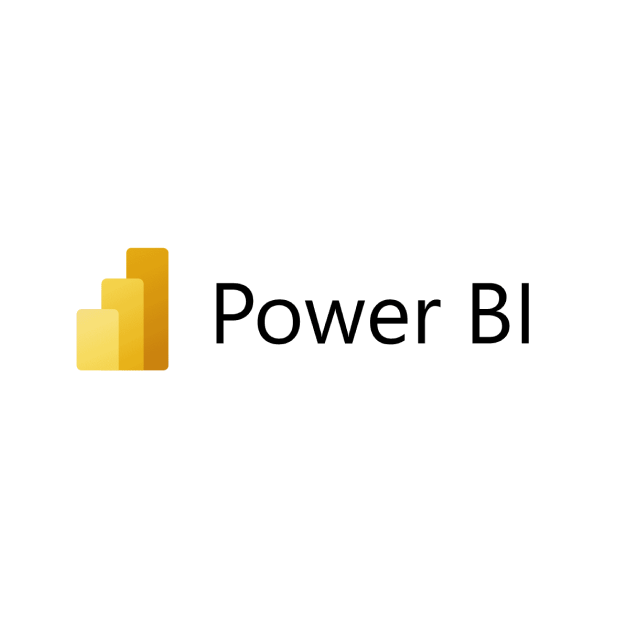What is Power BI?
Power BI is a cloud-based business intelligence (BI) service that empowers all businesses to make data-driven decisions. It offers a unified view of data from multiple sources, enabling users to identify trends and patterns. One of the key strengths of Power BI is its user-friendly interface. Interactive visualizations and dashboards make data exploration effortless, regardless of technical expertise. Power BI also boasts compatibility with over 270 data sources, integrating with existing systems to facilitate swift data analysis. It also allows offline access to data and reports, ensuring the continuous availability of valuable insights.

Key Features
Data Connectivity
Power BI can connect to a wide range of data sources, including cloud-based services like Azure SQL Database and Azure Synapse Analytics, on-premises databases like SQL Server and Oracle, and flat files like Excel and CSV
Data Visualization
It provides a diverse range of data visualizations, encompassing charts, maps, and tables. This versatility allows businesses to tailor these visualizations to align with their specific requirements.
Dashboards
Power BI dashboards enable the creation of a consolidated view, showcasing critical metrics. These dashboards are interactive, allowing companies to delve deeper into the data for more detailed insights.
Sharing
Businesses can share their Power BI reports with one another within the business and outside the business. This facilitates seamless collaboration on data analysis and the exchange of insights within the team.
Use Cases & Examples
An auditing firm
Can use Power BI to gain real-time insights into financial performance to make informed budgeting and forecasting decisions. They can also track key financial metrics ... like revenue, expenses, and profit margins to identify areas for improvement.
A human resources department
can use it to track employee engagement and satisfaction to improve retention rates and build a thriving workforce. ... They can also optimize talent management strategies based on data-driven insights to attract and retain top talent.
A retail firm
can use Power BI to analyze customer purchase history to personalize product recommendations and optimize store layout for increased sales. They can track inventory levels ... in real-time to prevent stockouts and improve inventory management efficiency.
A manufacturing company
can use it to monitor production lines in real-time to identify quality issues and prevent costly downtime. They can predict machine failures before they occur to ensure ... efficient and uninterrupted production.
Benefits of Power BI
.png)
Improved Decision-Making
Businesses can make better decisions by getting actionable insights from data. They can use it to identify new market opportunities and measure the effectiveness of marketing campaigns.
Increased Efficiency
Businesses can save time and increase efficiency by automating many of their tasks involved in data analysis and BI reporting. Power BI automatically generates reports and dashboards based on data, so employees do not have to spend hours manually creating them.

.png)
Improved Collaboration
Team members can collaborate more effectively by providing a shared view of data. This ensures that everyone can be on the same page and make informed decisions.
Better Customer Service
Businesses can improve their customer service by getting insights into their customer behavior and preferences. They can track customer churn rates and identify customer satisfaction levels.
.png)